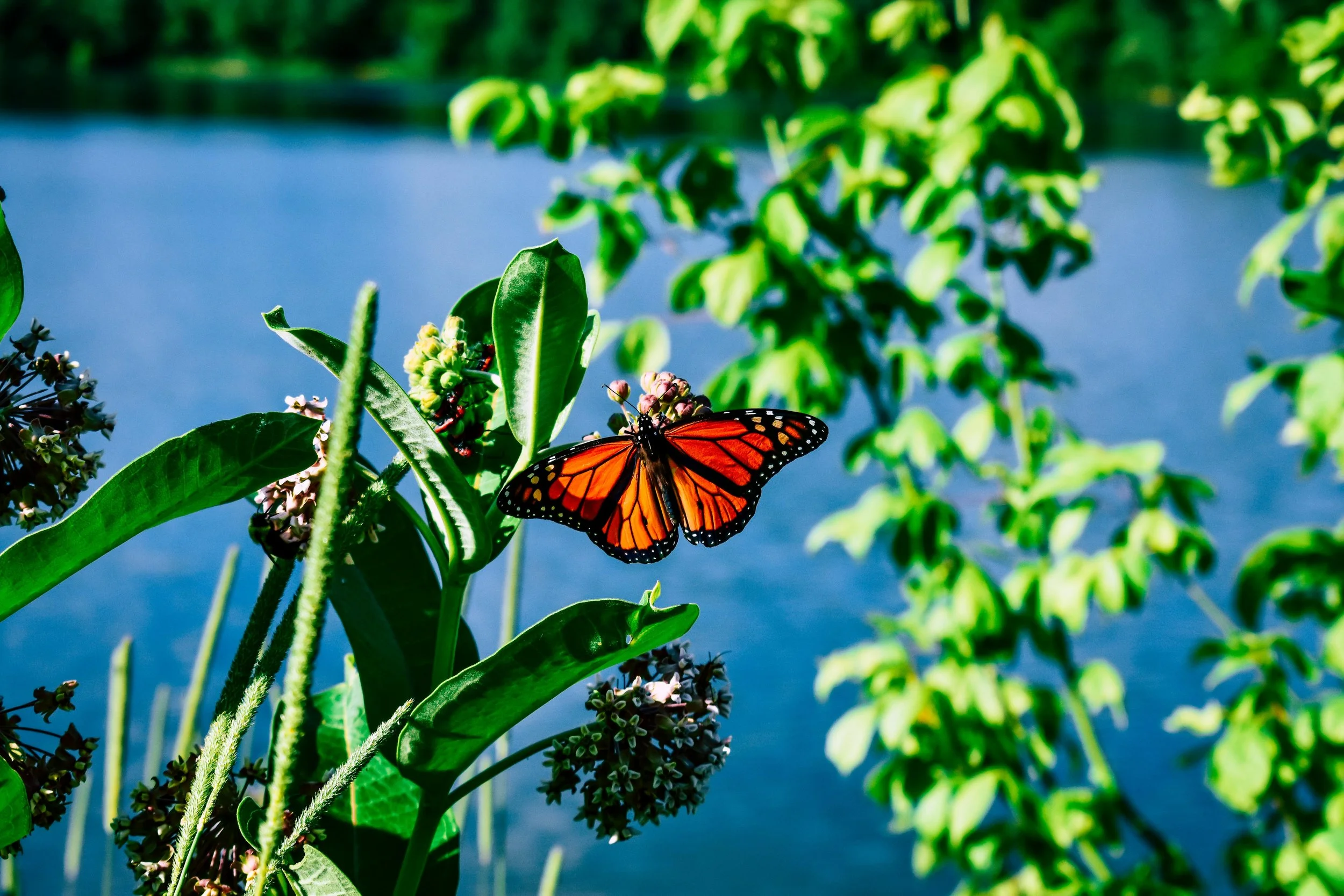Monarch Butterfly Populations Rebound in 2025, But the Journey Isn't Over
In a heartening turn of events, the iconic eastern monarch butterfly has shown a remarkable comeback in 2025. After years of alarming decline, the latest surveys indicate that the population has nearly doubled compared to the previous year. This recovery has sparked a wave of optimism among conservationists, educators, and nature lovers alike.
Overwintering monarch colonies in Mexico’s oyamel fir forests now occupy approximately 1.79 hectares of forest—nearly twice the 0.9 hectares recorded last winter. Though still far from historical highs, this surge is a significant milestone. It signals that focused efforts to save this species may finally be paying off.
This positive trend is largely thanks to widespread conservation initiatives that have taken root across North America. These efforts include habitat restoration projects, native plant gardens, and especially the planting of milkweed, the sole food source for monarch caterpillars. Milkweed, once abundant in the monarch’s migratory path, has been severely diminished by agricultural expansion and the use of herbicides. Reintroducing this plant to backyards, schools, and parks has become a powerful way for individuals to support the monarch’s life cycle.
Community-driven programs like “Monarch Waystations” have empowered everyday citizens to get involved. These certified habitats provide shelter, nectar sources, and milkweed, creating stepping stones for monarchs on their incredible journey from Canada to Mexico and back. Educational campaigns and partnerships between nonprofits, universities, and government agencies have raised awareness and inspired action at the local level.
Yet, despite the good news, the monarch's future is far from secure. The current population remains well below the numbers seen in the 1990s, when overwintering colonies regularly covered more than 6 hectares. Climate change continues to pose a major threat, bringing unpredictable weather patterns, increased droughts, and storms that can disrupt migration and breeding cycles. Habitat loss from development and agriculture also persists.
Additionally, the monarch’s migration is a delicate, multi-generational journey that spans thousands of miles. Any disruption—whether from habitat fragmentation, pesticide exposure, or extreme weather—can ripple through the population. The recent increase is promising, but experts caution that it may be a temporary spike unless long-term protections are maintained and expanded.
The monarch butterfly is more than a symbol of transformation and beauty. It’s a reminder of how interconnected our ecosystems are, and how human action can influence the fate of a species. This year’s rebound is a testament to what’s possible when individuals, communities, and organizations work together. But it’s also a call to stay vigilant, remain engaged, and continue investing in the natural world.
If the monarchs are to thrive in the decades to come, this must be the beginning of a new chapter—not the end of the story.
References:
Monarch Watch. (2025). Eastern Monarch Population Report.
World Wildlife Fund. (2025). Monarch Butterfly Monitoring Data.
Monarch Joint Venture. (2025). Conservation Strategies and Impact.
U.S. Fish & Wildlife Service. (2025). Monarch Butterfly Conservation Efforts.



